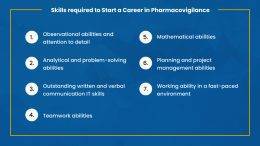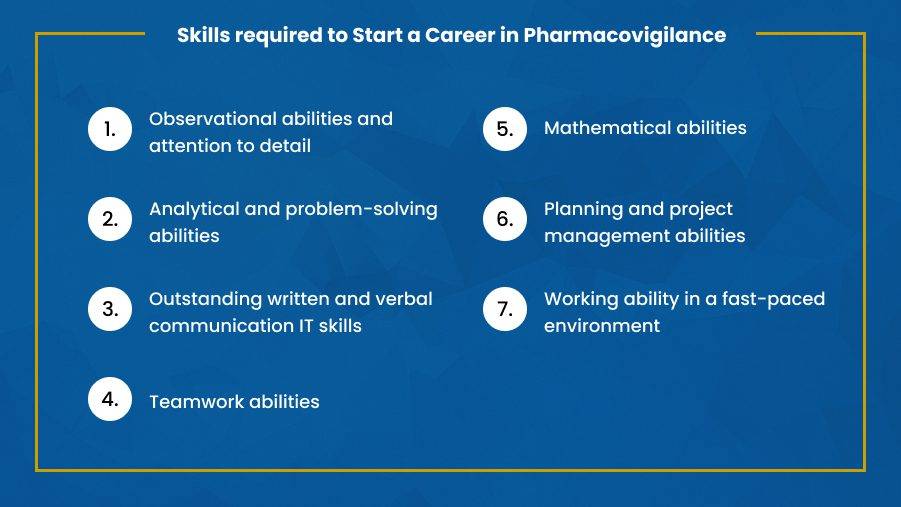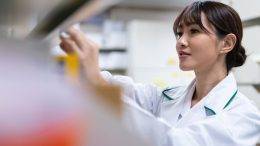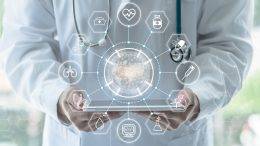Pharmacovigilance systems are now being changed by developments in health care, such as complicated international legislation, an increase in the volume of adverse effects, and new data sources. Analytics, automation, and cognitive technologies offer the potential to refocus the pharmacovigilance role from collecting and reporting data enhancing product quality, and treatment regimens, lowering costs, and enhancing patient safety.
Outlook on the expanding pharmacovigilance
- The pharmacovigilance function has overseen the gathering, processing, and informing regulators of adverse events and other product safety data for several decades. Because PV is a process-intensive technology, corporations frequently choose the safety systems that go with it based on how well they can organize data and maximize efficiency, which leaves them with few options.
- Numerous worldwide health care developments are reshaping the PV function of today. While many of these changes offer significant advantages, they are also putting pressure on the safety measures now in place in biopharmaceutical businesses.
- Many organizations are dealing with sizable financial burdens to maintain and upgrade these systems even though, according to the current safety system paradigm, the same trends may cause the costs of conventional upgrade approaches to increase at a rate that is out of proportion to the benefits. As a result, many biopharma companies are starting to think about how automation, cognitive technologies, and advanced analytics may help them get more out of their PV systems.
- They are moving past the point where they are merely analyzing, formatting, and submitting patient reports and provider-supplied case processing and signaling data to the point where they are developing a next-generation digital learning system that effectively and affordably improves product quality and patient safety.
Focus long term: Case assessment and reporting
Case processing: With case volumes increasing gradually every year and PV budgets spending expenditure on case processing, bringing down costs is the top priority for survey participants. Low-cost leaders are outsourcing, utilizing scale, and accelerating the automation of case processing.
Signaling: Most pharmaceutical companies still rely on established signal detection and investigation techniques. A small number are utilizing real-world evidence, and almost none are advancing social media channels. This is compatible with the capability of modern PV systems.
Wide-ranging chances to increase signal processing and inquiry maturity are seen by survey respondents; half of them.
Most respondents indicate they intend to increase their signal processing and investigation competence because they perceive the significant potential for improvement. Predictive signaling is the ultimate objective.
Developing a next-generation PV system to increase patient safety
Automation, cognitive technologies, and sophisticated analytics should all be included in PV budgets for biopharma businesses for the following reasons: decreasing case processing costs, enhancing signal processing capabilities, and speeding up product safety reports. But if biopharma uses digital technology to develop a subsequent-generation PV learning system for increased patient safety, we expect even greater advantages.
A shift to a proactive, patient-centered strategy can make it possible to have a true, evidence-based center for safety intelligence throughout the whole product life cycle and to have a thorough understanding of product benefit-risk profiles.
To process safety data, pharmaceutical companies currently use a few siloed information systems, which may hinder many of them from achieving the anticipated future state. For instance, different internal PV groups assess safety data obtained from external sources in diverse ways and for varied goals; each group may gather and analyze data from as many as a dozen different systems, leading, unsurprisingly, to the production of many versions of the truth.
Implementing an end-to-end, modular “learning loop” system that uses a unified data platform and automation to cognitively process upstream and downstream safety information and leverage continuous learning to help mitigate risk, strengthen compliance, and improve patient outcomes is one way to break the case processing cost curve while also enhancing the role of signaling.
Enhancing pharmacovigilance automation
To ensure patient safety, all people concerned with drug development are accountable. Automation, smart technologies, and advanced analytics are opening possibilities for pharmacovigilance to change from the process of writing AE reports for regulators to creating a learning system that prioritizes benefit and risk management as well as proactive surveillance throughout the product life cycle.
PV organizations should first consider their future goals and decide whether achieving them will require gradual or radical change.
Sollers college offers short and long-term programs in Drug Safety and Pharmacovigilance. These job -oriented programs open a wide range of career opportunities in the pharmaceutical industry.













